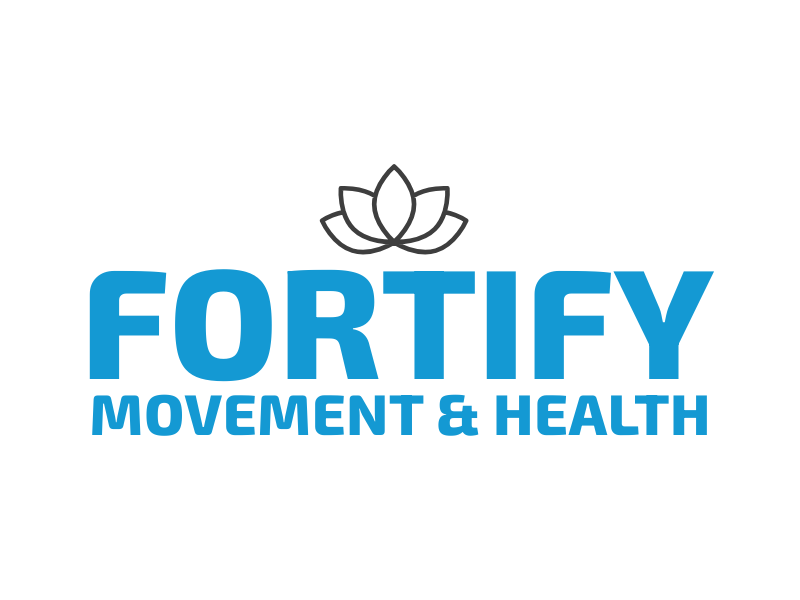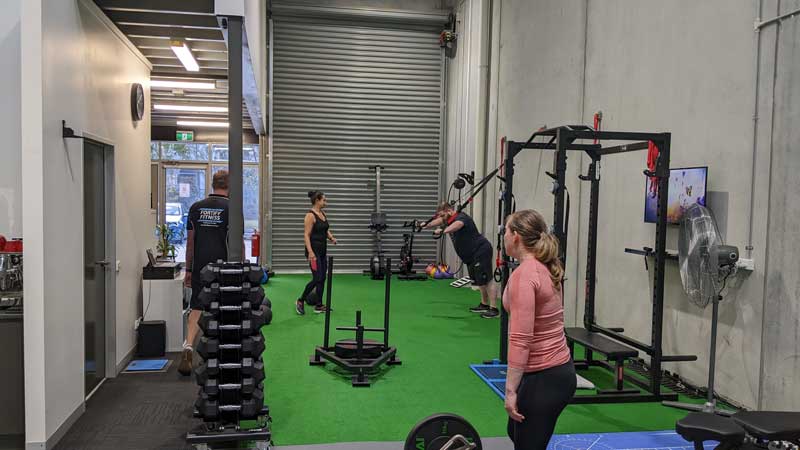Posture and physiotherapy are intimately linked, with the alignment of the body and the position of its various structures playing a critical role in overall health and well-being. Poor posture can lead to a wide range of physical problems, including chronic pain, reduced mobility, and even breathing difficulties. As such, physiotherapy is often used to address issues related to posture, helping to correct alignment and improve overall function.
In this blog post, we will explore 10 connections between posture and physiotherapy.
- Improved alignment: Physiotherapy is often used to help improve alignment throughout the body. By addressing issues such as muscular imbalances, joint stiffness, and postural deviations, physiotherapists can help patients achieve better overall alignment.
- Reduced pain: Poor posture can lead to chronic pain in areas such as the neck, shoulders, back, and hips. By correcting posture-related issues, physiotherapists can help reduce pain and improve overall function.
- Increased range of motion: Improved alignment and reduced pain can help increase range of motion throughout the body. This is especially important for athletes and individuals who need to perform physical tasks as part of their job.
- Enhanced athletic performance: Proper posture is essential for athletic performance. By working with a physiotherapist to correct any posture-related issues, athletes can improve their overall performance and reduce the risk of injury.
- Improved breathing: Poor posture can lead to breathing difficulties, as it can affect the position of the diaphragm and other respiratory muscles. By improving posture, physiotherapy can help enhance breathing and improve overall respiratory function.
- Reduced risk of injury: Poor posture can increase the risk of injury, especially during physical activity. By improving alignment and reducing pain, physiotherapy can help reduce the risk of injury and improve overall function.
- Improved balance and coordination: Proper posture is critical for maintaining balance and coordination. By working with a physiotherapist to correct any issues related to posture, patients can improve their overall balance and coordination.
- Enhanced circulation: Poor posture can impede circulation, leading to a wide range of health problems. By improving alignment and reducing pain, physiotherapy can help enhance circulation and improve overall health.
- Improved digestion: Poor posture can also affect digestion, as it can put pressure on the digestive organs and affect their overall function. By improving posture, physiotherapy can help improve digestion and overall gastrointestinal health.
- Improved quality of life: By addressing issues related to posture, physiotherapy can help improve overall quality of life. Patients may experience reduced pain, improved mobility, and better overall function, allowing them to participate more fully in their daily activities.
In conclusion, posture and physiotherapy are closely linked, with proper alignment and positioning of the body playing a critical role in overall health and well-being. By working with a physiotherapist to address any issues related to posture, patients can experience a wide range of benefits, including improved alignment, reduced pain, increased range of motion, and enhanced athletic performance, among others. For anyone experiencing issues related to posture, seeking the guidance of a qualified physiotherapist can be an excellent way to improve overall health and function.
References:
- Perry, J., & Burnfield, J. M. (2010). Gait analysis: Normal and pathological function. SLACK Incorporated.
- Caneiro, J. P., O’Sullivan, P., Burnett, A., Barach, A., O’Neil, D., Tveit, O., & Olafsdottir, K. (2020). Low back pain and the pelvis: A joint approach to assessment and management. Journal of Orthopaedic and Sports Physical Therapy, 50(1), 8-18.
- Nourbakhsh, M. R., & Arab, A. M. (2002). Relationship between mechanical factors and incidence of low back pain. Journal of Orthopaedic & Sports Physical Therapy, 32(9), 447-460.
- Sutton, B. P., & Kahl, L. (2020). Posture and breathing: A review of the literature. Journal of Yoga & Physical Therapy, 6(2), 137-142.




